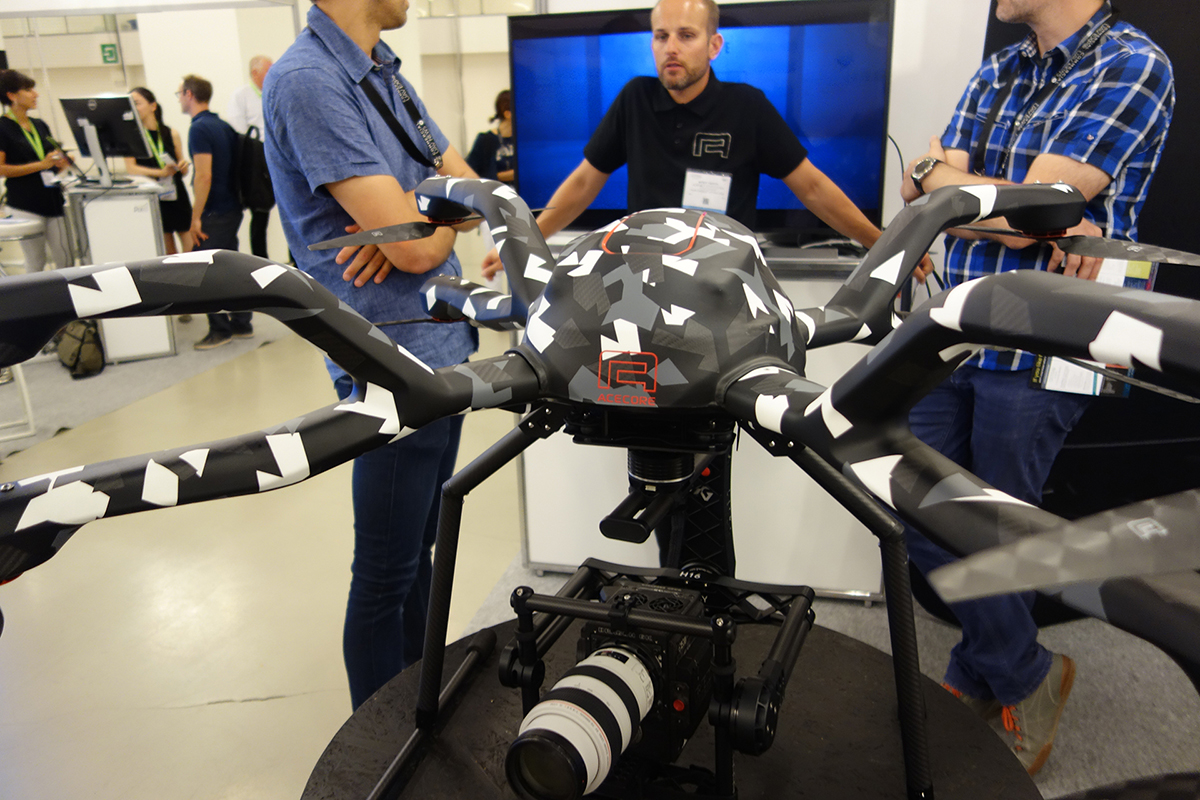Last Thursday saw the successful delivery of the first edition of Commercial UAV Expo Europe in Brussels, Belgium. Following the keynotes, I wrote about how the Expo was clearly designed to highlight industrial applications where UAVs are being thought of and positioned as just another tool. That focus on the operational requirements for commercial users resonated in each presentation, because stakeholders are more focused than ever around the business benefits this technology can provide. That wasn’t my only takeaway from the event though.
 An Increasingly Mature Market
An Increasingly Mature Market
After attending both editions of Commercial UAV Expo Americas, I was keen to understand what differences there might be with the first European edition of the event. Generally speaking, in North America we have seen an increase year-over-year of the maturity of the professional market, but the maturity of this European market was evident in a different way. The increased length in time that professional flight regulations have been in place in many European countries could be seen both in terms of the topics discussed by enterprise-level providers and users of UAV services.For example, Mantas Vaskela of Laserpas illustrated what it has meant for them to cover more than 3000km of power line networks so far. Their established processes and protocols for employing beyond visual line of site (BVLOS) operations for powerline inspection across Lithuania, Latvia, Poland, Bulgaria and Romania is proof of how developed this market has become already, and provides just a hint at the potential we’ll be able to see with it. 
Lifecycles for various assets
Asset Integrity – A Case Study in Actionable Information
The benefits UAVs provide in terms of cost savings and being able to effectively capture data were discussed in great detail at Commercial UAV Expo Europe, but many of the attendees were looking for specific information around where and how these tools could make a difference. That was information that Colin Hickey from Sky-Futures laid out as he discussed the drivers in an asset integrity environment. He explained why workflow and understanding of operational context are required to make the information gleaned through increased drone flights truly actionable. He laid out how and why drones can help stakeholders take action.Whether the asset in question is the safety guardrails on a flare stack or blades on a wind turbine, an asset manager will always face decisions about when and where to invest dollars in the maintenance strategies and associated treatments during the lifecycle of the asset. For example, decisions include whether to invest maintenance budget in a preventative manner before small problems become bigger and costlier later. Alternatively, if that asset is deemed to be functionally performing without further investment, the decision could be made to not take any preventative measures, which could allow that asset to operate until it fails.
Reducing time of low-value activities, increasing proportion and frequency of action

















Comments